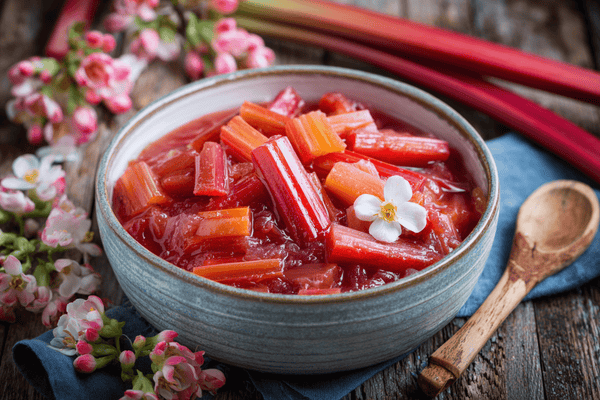
Over recent posts, we have been looking at Japanese food and the various ingredients you might include in Japanese cooking. There are so many and quite a lot of them are not what you would find in a traditional Western kitchen.
In this article, we wanted to place our focus on sake, a type of Japanese rice wine that can be used as a beverage and also in Japanese cooking. Most experts would recommend treating it the same as any other type of wine; if you’re buying it to cook with, don’t buy a product that you wouldn’t drink on its own.
But there is a lot more to learn about sake so in this guide, we’ll cover how to use it, where it comes from and what it tastes like. Let’s dive in!
Table of contents
What Is Sake?

Sake is a firm staple in Japanese cuisine and is actually the national drink of Japan and a fermented beverage made from rice. While it is commonly referred to as a type of wine, sake is actually produced in a manner much closer to that of beer. In any case, it’s an alcoholic drink that usually has a content between 15 and 20 percent. However, there is one type of sake known as genshu which is typically higher than this.
It is believed that the Japanese first began producing and enjoying sake as far back as the 8th century AD.
Sake is made using the same type of mould that is used in the creation of Japanese soy sauce known as aspergillus oryzae. The rice that is used is a high-quality type of sake mai rice and you’ll also find yeast within this concoction. Once all of the ingredients are blended, they are left to ferment for around a year although there are products that are left for much longer than this.
Unsurprisingly, there are several different types of sake but generally speaking, they’re split into two categories. These are special designation sake and ordinary sake. Most products fall into the ordinary category but within the special designation category, there are a further eight subtypes so it’s quite a complex topic. These types are designated depending on how much polishing the rice has undergone before fermentation.

What Does Sake Taste Like?
Like many Japanese foods like fresh wasabi, miso paste and dried shiitake mushrooms, sake has a unique taste. Your first sip of sake may surprise you as there is a definite sweetness to it and it has a very clean taste. What’s more, sake is extremely well-balanced, especially when you buy a higher-quality version.There is a definite savoury flavour to the drink as well as the sweetness we mentioned and this largely comes from one of the ingredients known as koji. Many would describe this as having an earthy taste that is somewhere between potatoes and mushrooms.
In addition to this, you will notice that sake has certain fruity and nutty elements to the taste which make it easy to differentiate from western wines. It’s a very smooth drink that is not at all harsh especially when compared to other alcoholic drinks. The aftertaste is very delicate and will not linger for long.
How Do the Japanese Use Sake?
Primarily, sake is used as a drink. It can be served both hot and cold but there is some debate on which is best. As a rule of thumb, it really comes down to personal taste but most people would agree that better quality sakes should be chilled while those that are a little cheaper are best served warm.When serving sake cold, you want to aim to keep the beverage below about 7ºC as this will ensure that the flavour is not affected. By warming the drink, disturbs some of the flavour but with cheaper versions, it can get rid of some of the off notes and make it more palatable.
Sake is also used in Japanese dishes for a variety of reasons. One of the most common reasons for including it in Japanese recipes is for tenderising meats and adding a little acidity to the dish. It’s also excellent at dulling down strong odours in particularly potent dishes but it will also balance flavours.


